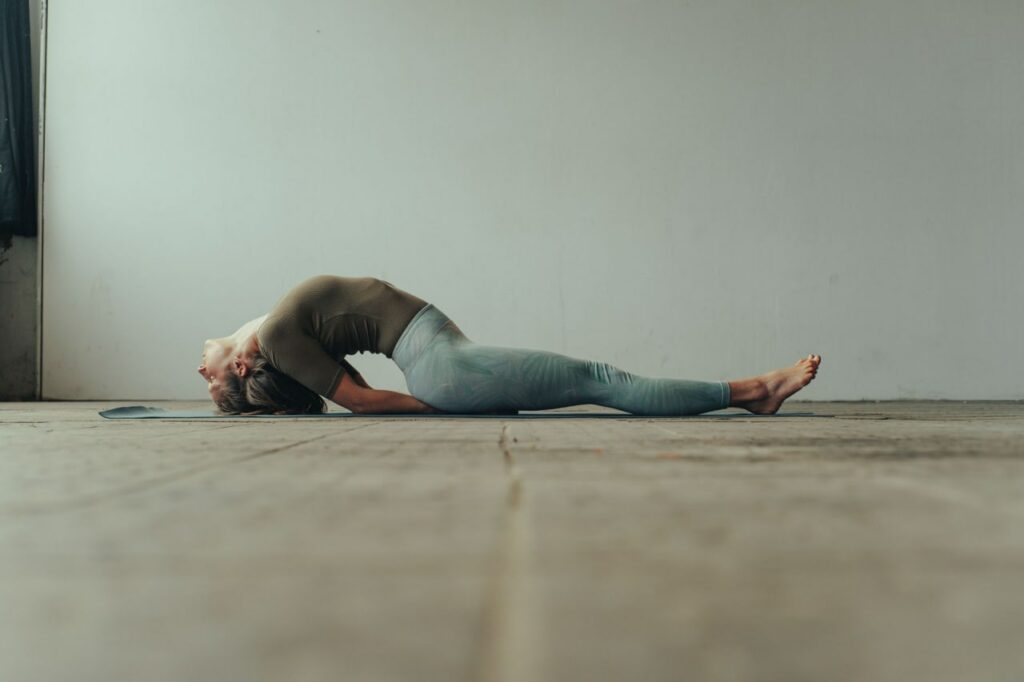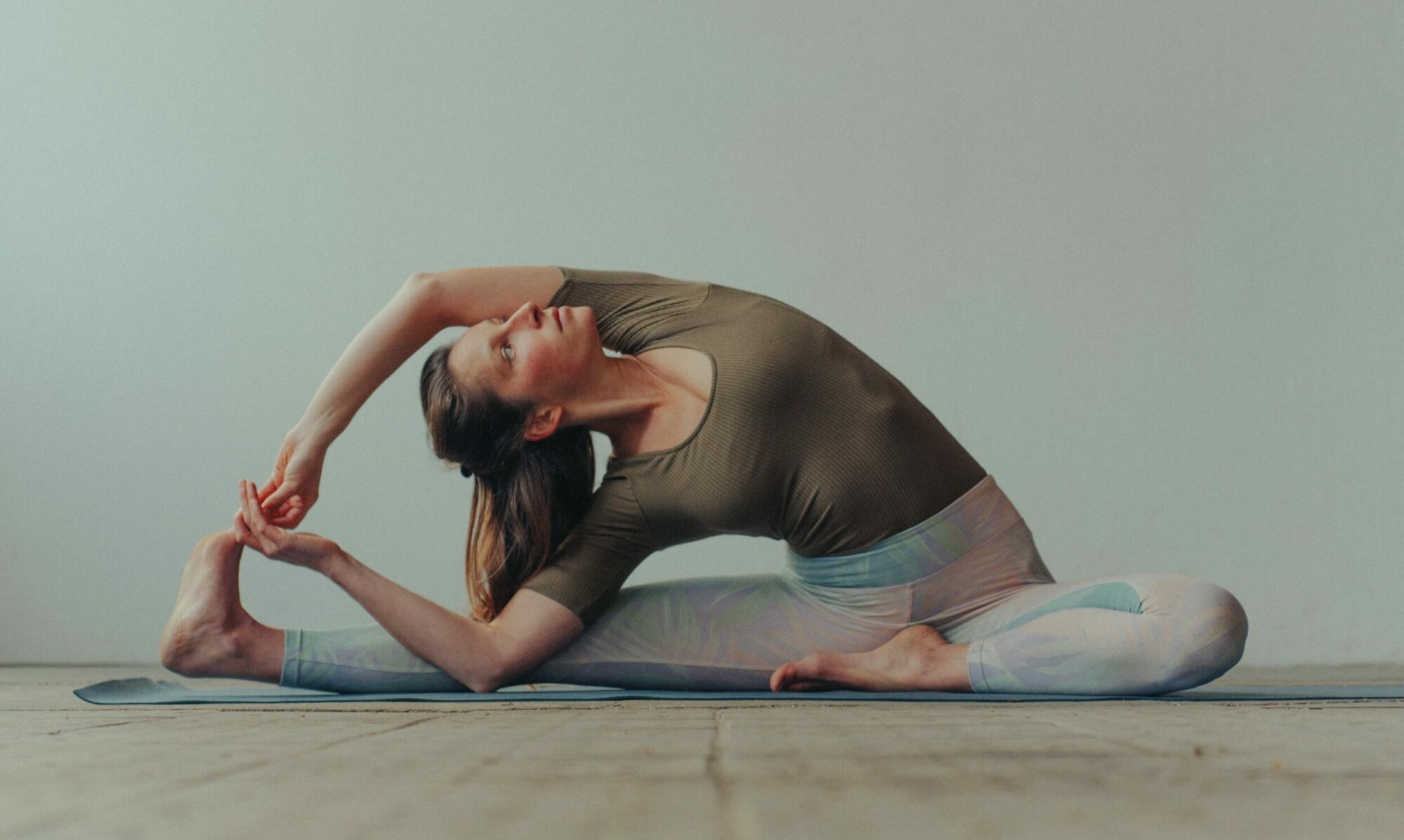
In psychology, the term resilience (lat. resiliere: to rebound, to contract) refers to an individual’s ability to successfully develop despite unfavorable life circumstances and critical life events.1
A distinction is made between resilience as a characteristic and resilience as an ability. The former is largely regarded as innate and understood as a reaction to harmful environments. The latter is more a question of individual coping with difficult events or life circumstances. 2
As yoga deals with questions of human development and consequently with what can be reshaped regardless of genetics and the conditions we bring with us, we will take a closer look at resilience in particular. The question arises as to how yoga not only creates a balance to stressful situations, but how the practice of physical exercises āsana can provide orientation and thus stability in the individual coping with challenging situations.
During yoga practice, the practitioner moves in a planned and self-selected into a stenserich situation. Especially at the beginning, the practice is often characterized by reluctance, pain or feelings of antipathy, which must first be overcome so that a joyful rhythm and the associated build-up of vitality can develop.
Consciously seeking out challenging situations, whether in yoga or in other areas, gives the individual the opportunity to exceed their own subjective limits in a self-determined way and to take the next experience and learning steps. After initially overcoming them, unforeseeable abilities can emerge and new stabilizing feelings can flourish, which could only arise as a result of the positively overcome challenge.
However, it is above all the exercise practice itself, or how the individual positions him/herself within it, that opens up an orderly field of practice for the development of resilience.
However, this is not automatically promoted by the yoga exercises, but can be specifically trained through certain elements within the exercise practice.
A key point would be the ability to observe. This refers less to everyday observation, which tends to happen without a specific focus and describes more of a looking around, whereby what is seen is consciously or mostly unconsciously associated with sympathy or antipathy. The observation within the āsana in contrast, has a slightly different type of observation. On the one hand, the focus is on something specific, and on the other hand, the observation is as objective as possible, i.e. free of subjective feelings such as sympathy or antipathy. The fish, matsyasana, can serve as a practical example. Within the pose, the tension in the body is specifically observed: Which areas are relaxed or tense? Which areas need meaningful activity, but where is the tension a hindrance?

Through this orderly and objective observation of a situation that subjectively feels very tense, an initial calm returns to the nervous system. The sensory nerves experience a relieving strengthening through this consciously guided activity. The next steps can now be taken from this created calm. An image is created of how the āsana can be brought further into a constructive form, which further steps now make sense and which activity is expedient for this. Only then does a targeted and consciously considered action take place. This is where the motor nerves also become active, but not from the usual automatism, but from a present perception, a clear idea and a consciously decided action.
This approach enables the individual to emancipate themselves from determining previous experiences and the associated feelings of inadequacy and to find a new way of dealing with challenges. The more the described skills of objective observation and concrete imagination are practised, the more they naturally find their way into life and form a stabilizing and development-promoting basis and thus a solid foundation for constructive personal development. Resilience can therefore be understood as a consciously developed ability that every person can learn and train anew.
by Julija
Sources:
1 https://dorsch.hogrefe.com/stichwort/resilienz
2https://de.wikipedia.org/wiki/Resilienz_(Psychology)#Resilience_as_Pers%C3% B6nlichkeitseigenschaft_oder_F%C3%A4higkeit
